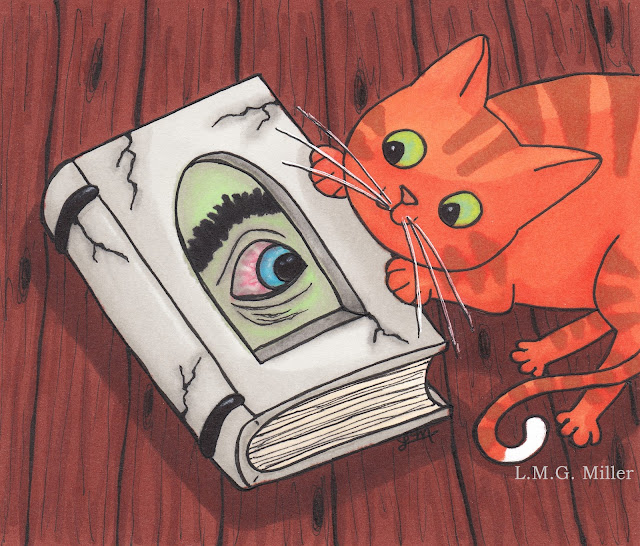Pup Astrid turned 12 in February. Though I'm grateful it took this long, I have to admit that Astrid has finally started to show her age. The main issue she deals with these days is her osteoarthritis. Her back legs have definitely become more stiff and weak. Her back right leg is the most significant problem, as she was born without that hip joint properly formed, back in 2017 she lost a toe on that foot to cancer, and in 2022 she had metal screwed into that knee to repair a torn CCL. Due to her congenital hip joint issue, that leg is also shorter than the other, which has been causing atrophying muscles for years now. And it really doesn't help that Astrid is currently at her heaviest, 85 lbs, which we'd like to reduce.
All of the above said, in the past few days, we've added a decent dose of gabapentin to the carprofen and Dasuquin Astrid already gets. Almost immediately, we noticed a great improvement in Astrid's legs and arthritis. Just this past weekend, my sister, my dad, and I all went on a walk with the pup. She always gets extra excited when my dad, her Pawpaw, joins us for a walk. On that beautiful day with her beloved Pawpaw, Astrid chose to go on a long walk, and her legs gave her little to no trouble at all.

One of arthritic Astrid's main issues, even on the new pain med regimen, is posturing to none other than poop. I try to help support her when I see her preparing to go. But, given the mess I found on her yesterday, she clearly fell while trying to evacuate her bowels in the back yard when I wasn't looking. Whatever tumble she took has caused her back right leg to bother her even more than usual, and so she's getting plenty of those pain meds and is getting breaks from walks for a couple of days to let whatever she did heal up.
Luckily, over the past few years, Astrid has developed an obsession with hanging out in the back yard. So, even when she gets breaks from walks to help her legs, she happily chooses to spend hours upon hours outdoors. When my sister or I do walk her, she'll often even pick a short walk so that she can scurry home, run inside, and go straight to the back door and her beloved back yard.
Don't worry, though, because ornery Astrid is still here. The pup still steals cat food, vehemently demands pieces of chicken, and just generally wreaks all sorts of havoc, just like she's always done.
If her arthritic legs continue to decline, even on pain meds, we'll at that point give the Librela injection a try. We're hoping to put off that slightly more divisive arthritis treatment for a while if we can, as there are some potential side effects that are a bit concerning. But, should Astrid need more than just pain meds, we'll give other routes a try.
Old girl yet still very ornery Astrid wishes you all a happy Wednesday!
***
Flashback Doodle of the Day
***
Tip of the Day
Yesterday's National Pet Poison Awareness Month tip was about being cautious of the potentially poisonous bites of certain snakes and spiders. In a similar yet also different tip, we are today talking about those critters who contain substances that could be toxic if ingested by our furbabies. For example, there are certain toads that contain substances on their body that can lead to severe toxicity. Two of the most poisonous toads are the Colorado River toad and the Marine toad. A pup or kitty making oral contact with these toads can lead to nearly immediate side effects such as drooling, vomiting, diarrhea, difficult breathing, difficulty walking, and potentially death if left untreated.
Other critters that can poison a dog or cat if ingested include a butterfly or caterpillar that has eaten milkweed, which can be incredibly toxic to our furbabies. In addition to this, there are some caterpillars with hairs or other means capable of injecting venomous toxins, which can spell out trouble if a cat or dog puts the caterpillar in their mouth. Monarch caterpillars and a variety of moth caterpillars are some of those known to have the ability to inject toxins when threatened.
Even fireflies can have poisonous effects on a cat or pup if ingested. Though their less-than-ideal taste is likely to keep a pup or kitty away, if ingested, they can cause vomiting and other gastrointestinal distress. For all of these reasons, especially if you are unsure of a critter's potential effects on your furbaby, simply do all that you can to prevent your kitty or pup's contact with or ingestion of bugs and other critters. As we mentioned yesterday, do your best to be aware of the types of critters in the area, and which ones can pose a risk to your pup or kitty. And, if your furbaby does come into contact with or ingest any bug of which you are unsure, do not hesitate to contact a veterinarian.




























